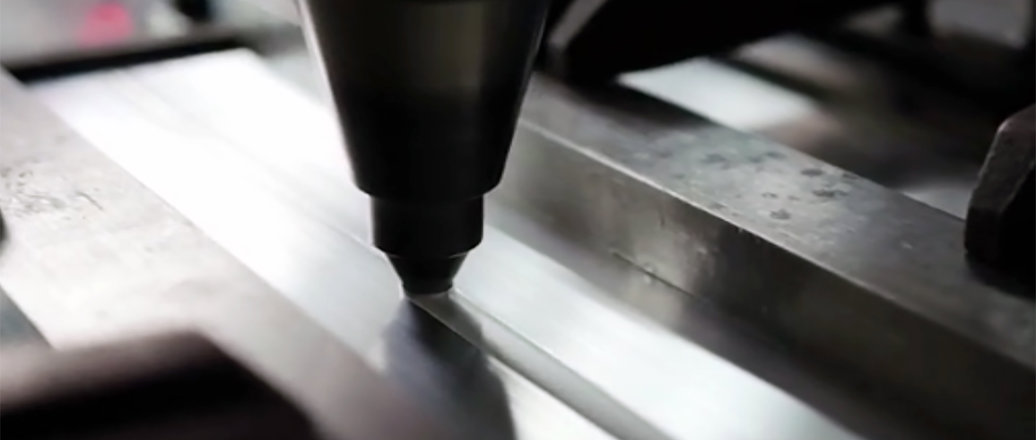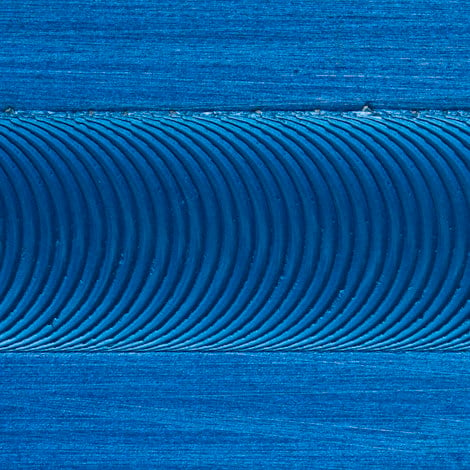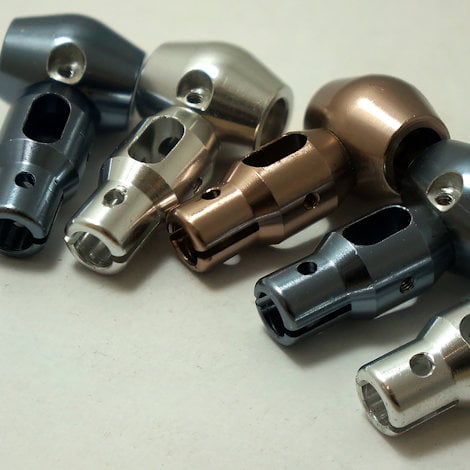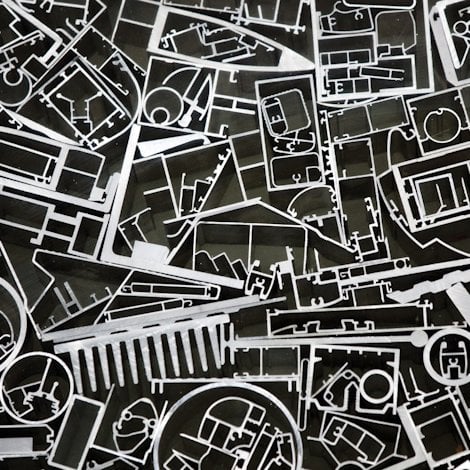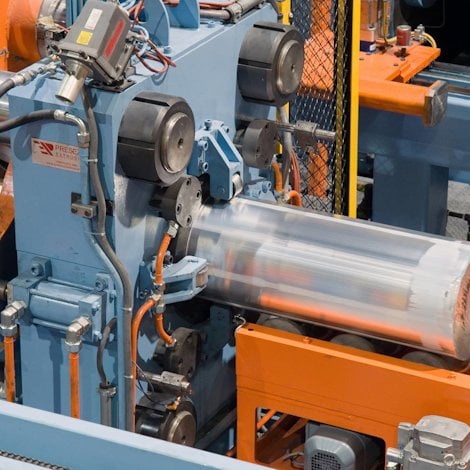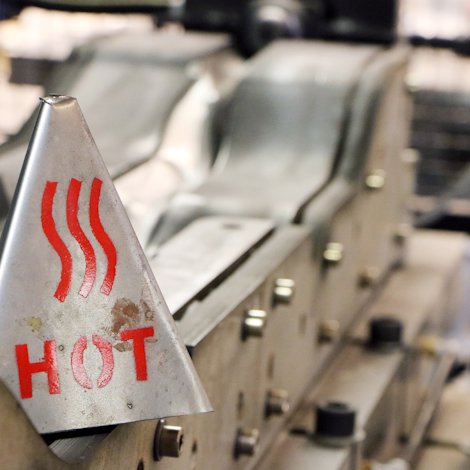Innovation that improves the material flow in friction stir welding of aluminium
Friction stir welding produces a high-quality joint compared to conventional welding. Such joints are achieved by an appropriate material flow.
The welding parameters, such as advancing and rotating speeds and the tool shape, have a great influence on material flow during the friction stir welding (FSW) process.
Insufficient material flow is the origin of defect formation. Other types of defects may also occur due to the inappropriate definition of the process parameters.
Such defects can be generated by:
- Extreme heat input. Excessive heat can be generated due to the high rotating speed and low advancing speed, and lead to the formation of voids on the advancing side or flash formation.
- Insufficient heat input. This can be caused by very low rotating speeds, and lead to the formation of defects, such as wormholes.
- Abnormal stirring. This can occur when both the rotating and advancing velocities are too high.
Ways of reducing defects in material flow in FSW
How do you reduce the defects in material flow in FSW? By making the optimal choice in the FSW process parameters and tools.
We also have an ongoing project in collaboration with an academic partner to reduce the defects in material flow through FEM particle tracing techniques.
Here is an example: My partners and I have looked at the differences between using a featureless cylindrical pin and a pin that is threaded; its appearance is mindful of elliptical onion rings. The threaded pin diminishes the amount of defects due to the higher stirring action.
The features on the pin – in this case, threads – enhance the material flow for effective downward material movement and thereby improve the material mixing. They expand the range of the welding parameters for a sound joint.

